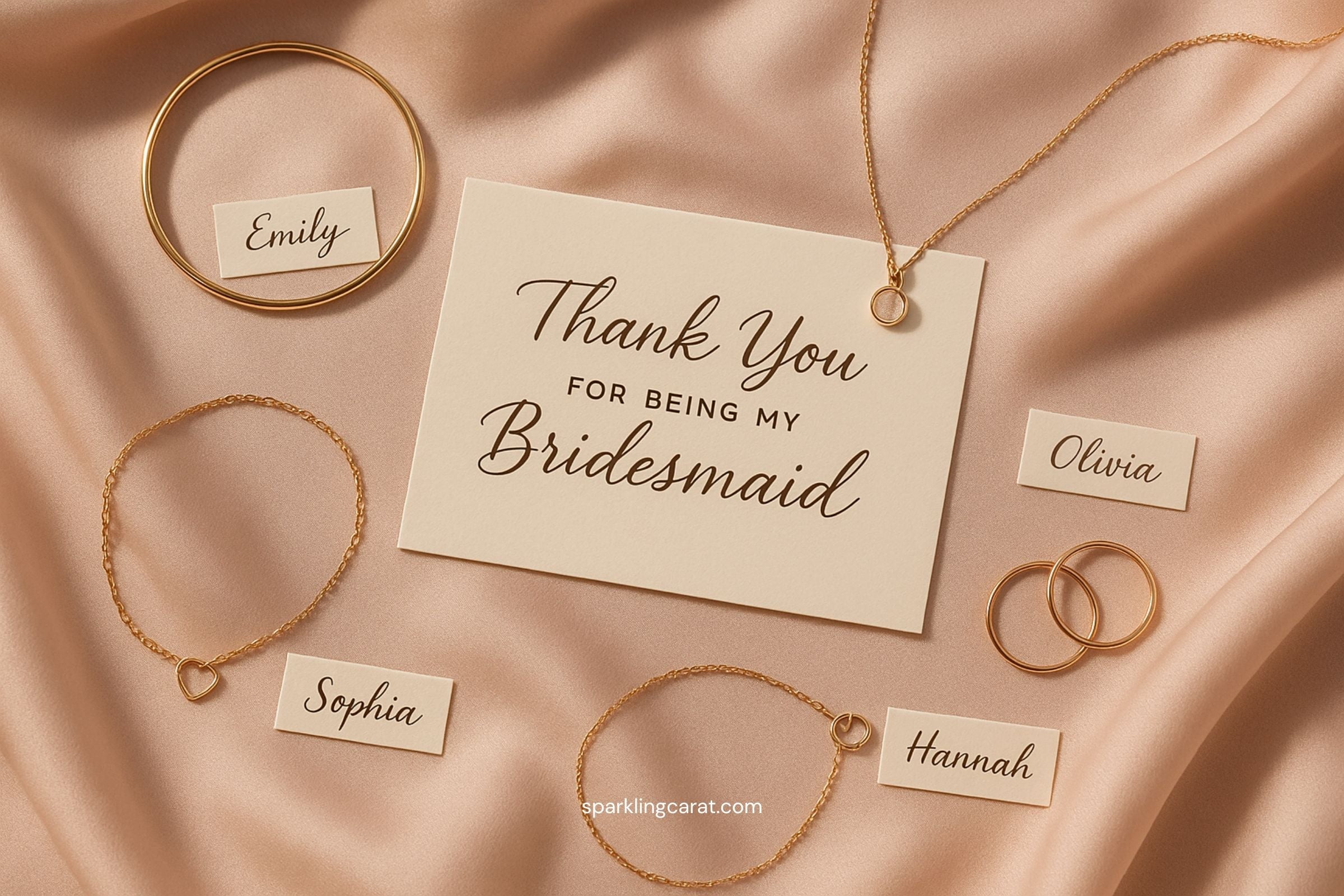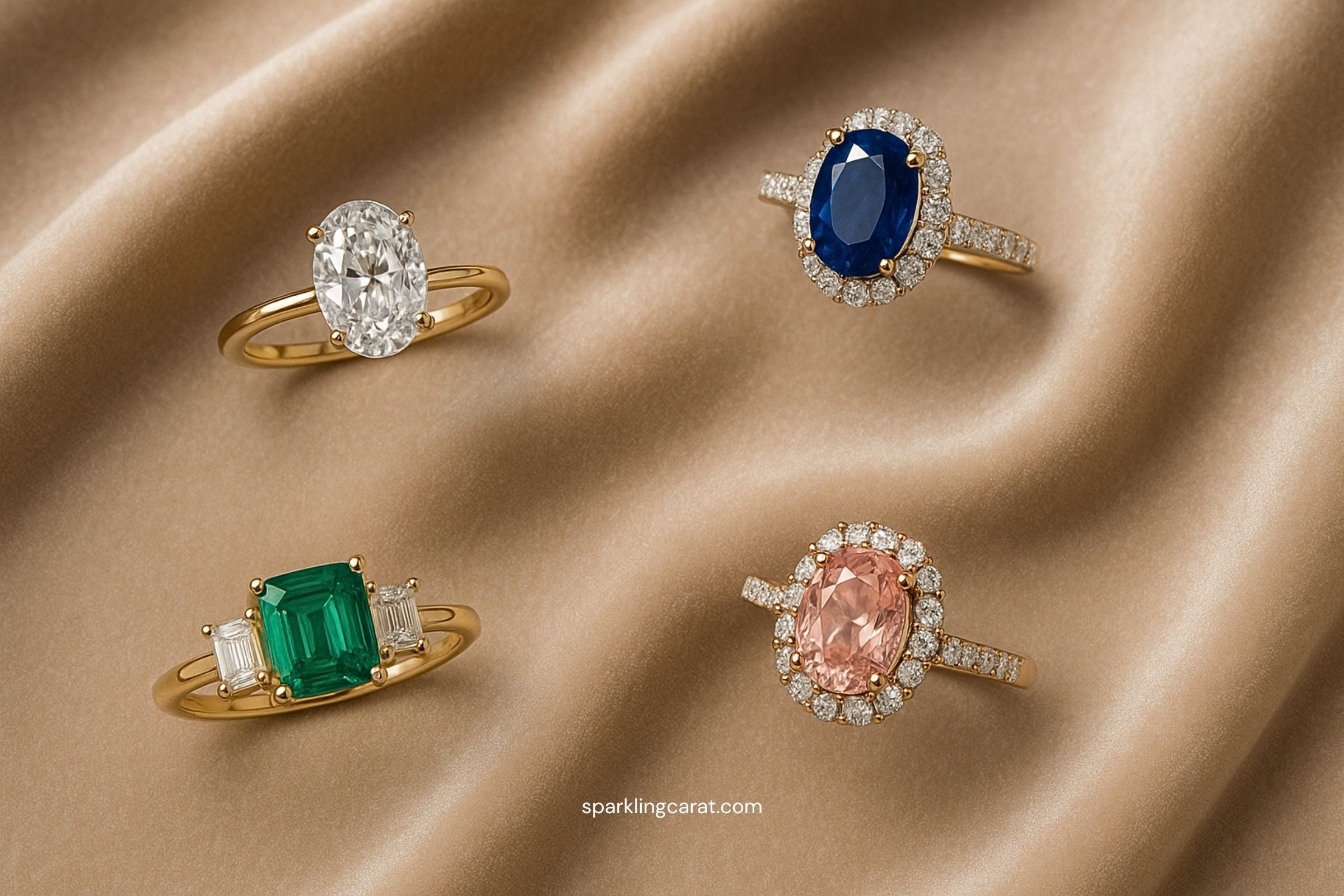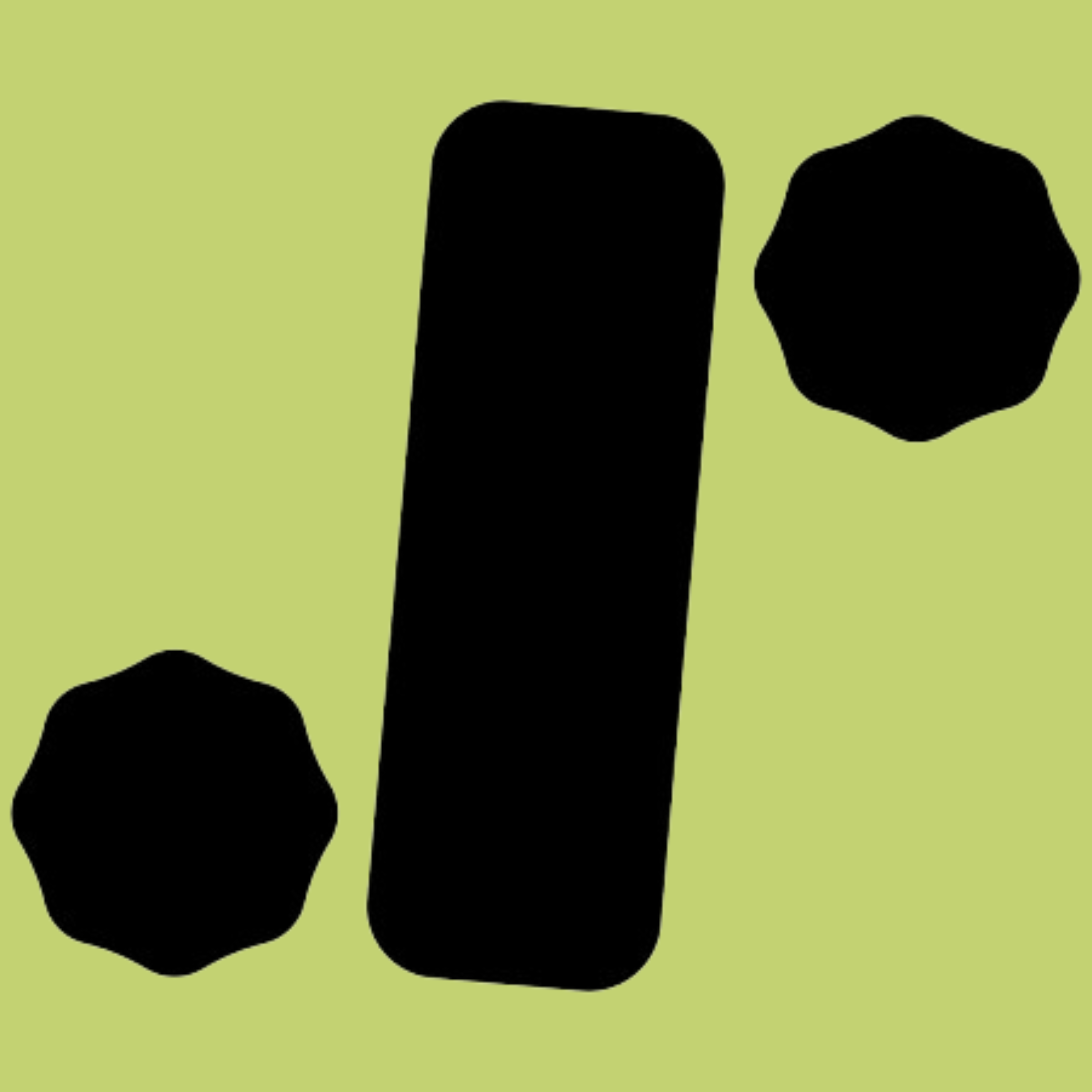The Science of Sparkle: What Makes Diamonds Shine
Diamonds have fascinated humanity for centuries, not just for their rarity, but for their unmistakable sparkle, a radiance that captivates and mesmerises. But have you ever wondered what actually makes a diamond shine the way it does? Behind every glittering facet lies a beautiful blend of science, craftsmanship, and natural phenomena.
In this blog post, we’ll uncover the science of sparkle: from how light travels through a diamond to the roles of cut, clarity, and symmetry. If you’re shopping for a diamond or simply curious about the magic behind its glow, this guide is your key to understanding the brilliance of the gem that defines forever.
What Causes a Diamond to Sparkle?
The brilliance of a diamond comes down to how light interacts with it. There are three main optical effects that contribute:
1. Brilliance
This is the white light reflected back out of the diamond. It's affected most by the cut quality, not to be confused with shape.
2. Fire
When white light disperses inside the diamond, it splits into spectral colours, this is called fire. High fire gives diamonds their rainbow sparkle.
3. Scintillation
This is the sparkle or flashes of light you see when the diamond, light source, or viewer moves. A well-cut diamond will show a balanced pattern of bright and dark areas that shimmer as it moves.
The Science Behind the Sparkle
A diamond's sparkle is the result of light reflection, refraction, and dispersion:
-
Reflection: Some light that hits the diamond bounces right off the surface.
-
Refraction: Light that enters the diamond bends as it travels through. The higher the refractive index (diamond's is 2.42), the more brilliance it produces.
-
Dispersion: The bending of light causes it to split into colours, resulting in fire.
Fun Fact: Diamond has the highest refractive index of any natural gemstone, which is why its sparkle is unmatched.
The Role of Cut in Diamond Sparkle
Among the 4Cs—cut, clarity, colour, and carat—cut has the greatest influence on sparkle. It determines how well the diamond handles light.
A well-cut diamond reflects nearly all the light that enters it back to the observer. A poorly cut diamond, even with high clarity and colour, will appear dull.
Ideal Proportions for Sparkle:
-
Table Size: 53–58%
-
Depth: Around 59–62%
-
Crown & Pavilion Angles: Crucial for light bounce
Related: Guide to Diamond Certifications: GIA vs IGI
Why Clarity and Symmetry Matter
While cut is king, clarity and symmetry also play supporting roles:
-
Clarity: Inclusions or blemishes can block or scatter light, dulling brilliance.
-
Symmetry: Poor symmetry (misaligned facets) can disrupt how light travels inside the diamond.
Sparkle vs Size: What Should You Prioritise?
Many buyers are tempted to go for a larger carat weight, but if maximising sparkle is your goal, always prioritise cut quality.
A smaller, well-cut diamond will outshine a larger, poorly cut one every time.
Related: Luxury on a Budget: How to Maximise Diamond Value
Round Brilliant Cut: The Sparkle Champion
The round brilliant cut is engineered for sparkle. With 57–58 perfectly proportioned facets, it reflects more light than any other shape.
Other sparkly contenders:
-
Princess Cut: Bold sparkle, modern look
-
Cushion Cut: Soft sparkle with vintage charm
-
Oval & Marquise: Elongated shapes with decent brilliance
Related: What is a Solitaire Ring? History & Buying Guide
How Sparkle is Graded: Light Performance
Certain grading reports, such as those from AGS or advanced GIA reports, include light performance analysis. While traditional grading doesn’t numerically score sparkle, tools like Hearts and Arrows viewers, ASET, and Ideal-Scope can help evaluate it visually.
Maintenance Matters: Keep Your Sparkle Alive
Even the best-cut diamond can lose sparkle if it’s dirty. Oils, lotions, and dust reduce light return. Regular cleaning is a must.
Diamond Cleaning Tips:
-
Soak in warm water + mild soap
-
Gently scrub with a soft toothbrush
-
Rinse and pat dry with a lint-free cloth
Related: Monthly Jewellery Maintenance Checklist
Bonus: Lab-Grown Diamonds Sparkle Too!
Lab-grown diamonds are chemically identical to natural ones and exhibit the same sparkle, assuming they’re well-cut. A great option for budget-conscious buyers who don’t want to compromise on brilliance.






Leave a comment
This site is protected by hCaptcha and the hCaptcha Privacy Policy and Terms of Service apply.